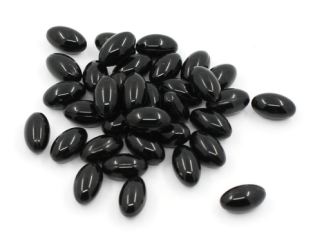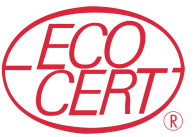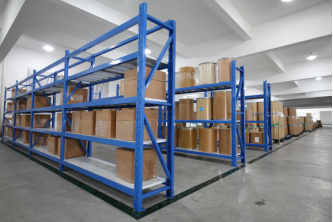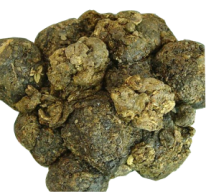High Performance Organic Propolis powder Factory in Italy
High Performance Organic Propolis powder Factory in Italy Detail:
[Products Name] Propolis powder, Propolis extract powder
[Specification]
Propolis content 60%,70%,80%
Water-soluble propolis powder 60%,70%,80%
[Gerneral feature]
1. Low antibiotics
2. Low PAHs, can approve to 76/769/EEC/German:LMBG;
3.Organic certified by ECOCERT, according to EOS & NOP organic standard;
4.Pure natural propolis;
5.High content of flavones;
6.Anti-block;
7. Manufacturer supply.


[Packaging]
1. 5kg/aluminum foil bag, 25kgs/carton.
[How to get it]
First, we collect raw propolis from beehives, then extract by low temperature with ethanol. Filter and concentrate, we get the pure propolis block at 98%. Then Low temperature crushing, adding edible and medicinal excipients, finally we get propolis powder.
[Introduction]
Propolis comes from the substance like natural resin, which is collected by the bees from exudates of plants branches and bud the chemical substances of Propolis are found to be various, such as beeswax, resin, incense lipids, aromatic oil, fat-soluble oils, pollen and other organic matter. Studies have shown that the source of propolis resin in material has three types: bees collected plants secreted fluid, secretion in vivo metabolism of bee, and involvement in the process of forming the material.
We can supply Propolis Extract with food-grade and medicine-grade .The raw materiall is came from non-polluting food grade propolis .Propolis extract was made of high-grade propolis. It maintains the propolis effective ingredients during the procedure of extraction under constant low temperature , taking off the useless substances and sterilization.
[Function]
Propolis is a natural product processed by bees mixed with glutinous and its secretion.
Propolis contains more than 20 kinds of useful flavonoids, rich vitamins, enzymes, amino acids and other microelements, etc. Propolis is called “purple gold” owing to its valued nutrients.
Propolis can remove free radical, lower blood sugar and blood fat, soften blood vessels, improve micro-circulation, enhance immunity, anti-bacteria and anti-cancer.
Product detail pictures:

Related Product Guide:
All we do is often involved with our tenet " Purchaser to start with, Rely on initially, devoting over the food stuff packaging and environmental defense for High Performance Organic Propolis powder Factory in Italy , The product will supply to all over the world, such as: Swiss, United States, Ottawa, Being the top solutions of our factory, our solutions series have been tested and won us experienced authority certifications. For additional parameters and item list details, be sure to click the button to acquire additional nformation.
5M Vizsla-Mädels aus Bonyhád übernommen von Vizsla in Not e.V.
Subscribe for FREE https://goo.gl/pjACXH
*How To Finger A Girl Correctly https://youtu.be/DM57O7BrURM
*How-To Make Love To A Virgin https://youtu.be/ZW4xODlnaug
*Best Sex Positions To Get Pregnant Fast https://youtu.be/a8W49wKeyiA
*5 Places Women Love To Be Touched https://youtu.be/NBdPbyFJxwA
*Exercises Men Can Do for Better Sex https://youtu.be/yqk_J23qg0k
Official Website – https://www.freezframefilms.com/
*Facebook
*FreezFrameFilms – https://www.facebook.com/freezframefilms
*Health & Beauty – https://goo.gl/bJLldU
*Twitter – https://twitter.com/FreezFrameFilms
*Google+ https://plus.google.com/u/0/b/109252552646367222943/109252552646367222943/posts?pageid=109252552646367222943
*Blog – https://freezframefilm.blogspot.in/
*Pinterest – https://www.pinterest.com/freezframefilms/
*Subscribe to Freez Frame Films’s Youtube Channel – https://www.youtube.com/freezframefilms
*Visit Freez Frame Films’s Dailymotion Channel – https://www.dailymotion.com/FreezFrameFilms
Cooperate with you every time is very successful, very happy. Hope that we can have more cooperation!








